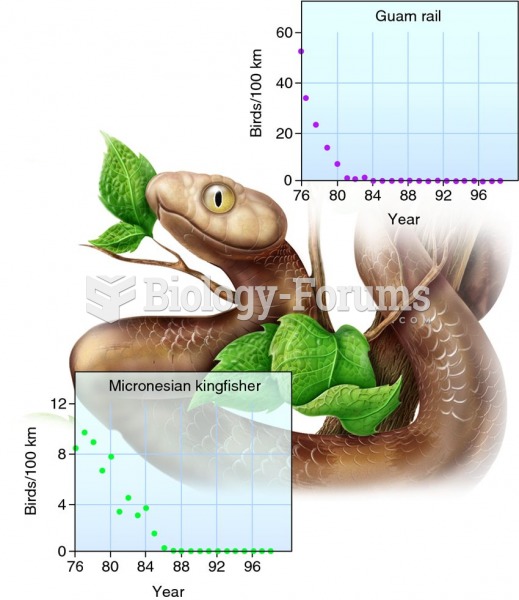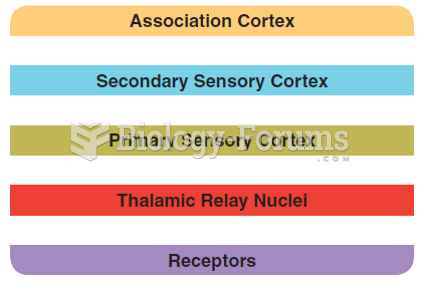Answer to Question 1
The planning phase is dominated by account services. Account services managers identify benefits, target audiences, and develop positioning. The media services department is also involved in the planning process, as it comes up with the most effective plan to reach the target audience. The preparing phase is dominated by creative services, which translates the benefits into creative concepts. Production services assists in the preparation of the ads. The placing phase is dominated by media-planning and -buying services, which buys the media space. Throughout the entire process, the traffic department (part of administrative services) makes sure deadlines are being met.
Answer to Question 2
(1) The undoing of consolidation and globalization. The advertising industry has just come out of a period of extreme consolidation, which was occurring in two ways. Full-service agencies were acquiring and merging with other full-service agencies and interactive shops. Globalization occurred through mergers, partnerships and acquisitions. However, these mega agencies have not satisfied all the needs for all clients. It is unlikely that the giant agencies will dismantle all they have created. Some advertising clients are pleased to be able to consolidate all their integrated marketing communication (IMC) needs with one shop. But there is enough burden on the agencies from debt and conflict of interest that some unconsolidation will most certainly take place.
(2) The proliferation of cable television, direct marketing technology, Web options, and alternative new media has caused a proliferation of media options, while agency consolidation may just be starting. Control of media has always been a driving force behind many media companies. But there has always been a legal barrier to just how much control any one media company could acquire. In turn, the evolution of media options has spawned new specialized agencies to sell and manage these new media opportunities
(3) While the media industry may be consolidating into fewer and fewer large firms with more control, that does not mean that there are fewer media options. Quite the contrary is true. There are more ways to try to reach consumers than ever before. Advertisers are looking to the full complement of promotional opportunities in sales promotions (like the Miller chairs), event sponsorships, new media options, and public relations as means to support and enhance the primary advertising effort for brands.
(4) Historically, advertisers controlled information and the flow of information as a one-way communication through mass media. But, as the introductory scenario highlights, consumers are now in greater control of the information they receive about product categories and the brands within those categories. The simplest and most obvious example is when consumers log on to the Internet and visit sites they choose to visit for either information or shopping. But it gets a lot more complicated from there. The emergence of blogs, websites frequented by individuals with common interest where they can post facts, opinions, and personal experiences, are emerging as a new and sophisticated sources of product and brand information. Another new and dramatic example of consumer control is the growth of digital video recorders (DVRs), like TiVo, which allow TV viewers to essentially skip broadcast advertising.







